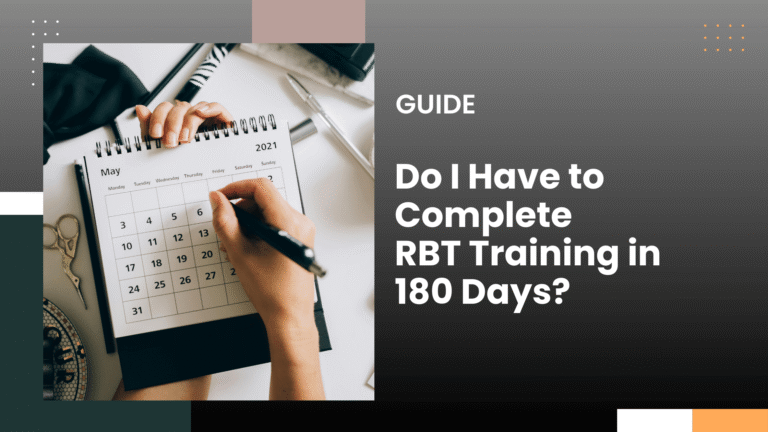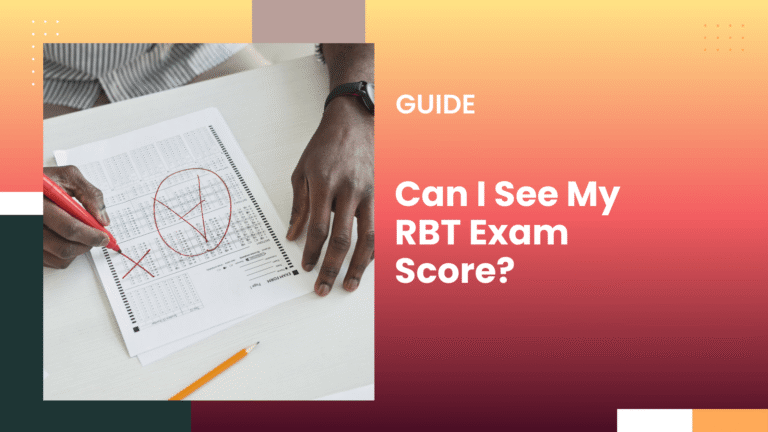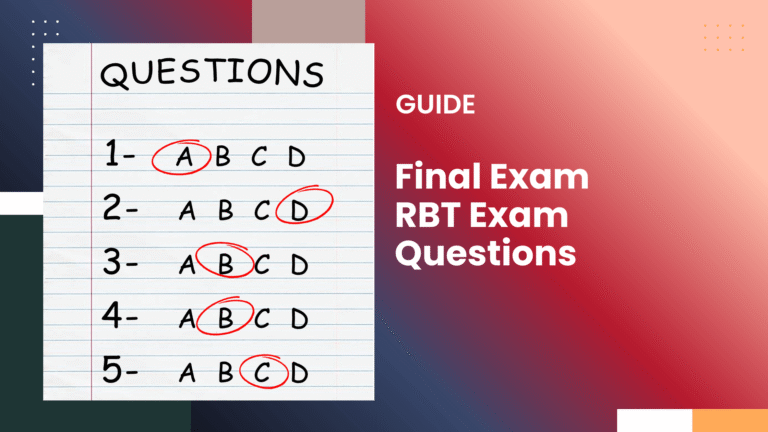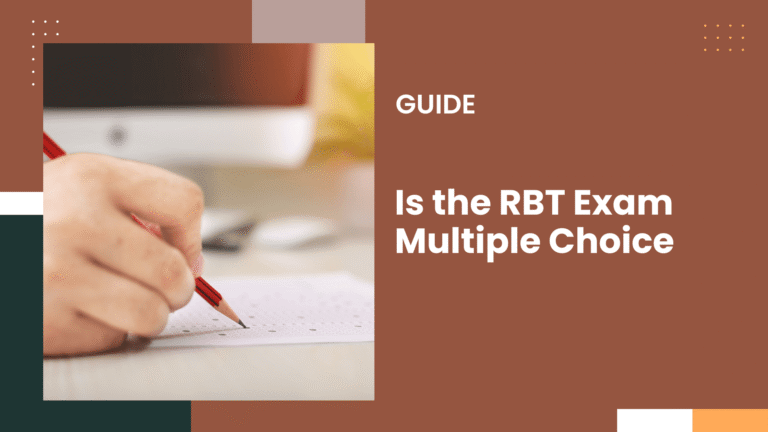Writing a Session Note as an RBT: Step-By-Step Tutorials
Writing a session note as an RBT records client behaviors, antecedents, consequences, and data objectively, tracking program progress to guide future interventions, ensuring notes are clear, measurable, and secure.
How to Write a Session Note as an RBT
If you’re an RBT, your session note isn’t just paperwork; it’s proof of the work you did, the progress made, and the services billed. Think of it as the story of your session told in clear, objective language.
What to include — a checklist you must follow
- Client details: full name, date of birth, and session date.
- Session info: start and end times, location, and anyone present (parent, teacher, caregiver).
- Your info: your name, RBT credential, and BCBA supervisor.
- Objectives: the skill or behavior you targeted that day.
- Interventions used: ABA strategies such as prompting, reinforcement, or DTT.
- Client response: exactly what the client did, measured with data (percentages, counts, durations).
- Progress summary: whether the client is moving forward, plateauing, or showing regression.
- Next steps: what you’ll try in the following session.
Timing — when to write notes
Write your notes right after your session while the details are fresh. If you wait too long, it almost guarantees you’ll forget something important.
Quick example (one-line per item)
Objective: Follow two-step instructions
Intervention: Visual prompts + token reinforcement
Response: 7/10 independent (up from 5/10)
Summary: Responded well to visual support; no problem behavior
Next steps: Add a new two-step task next session
Effective Session Notes
Just because you keep everything in track doesn’t mean they are effective notes. Good session notes do more than cover your back. They:
- Track progress: you can see growth or spot problems before they get worse.
- Keep the team aligned: parents, teachers, and doctors all stay in the loop.
- Protect your clinic: insurance companies’ audit notes and sloppy documentation can lead to denied claims.
- Support your client’s care: clear notes help the BCBA adjust treatment based on what you’ve recorded.
That’s why I always say, note-taking is important, but what your notes entail must be accurate; your client’s plan suffers, your clinic risks losing money, and your professional credibility takes a hit.
Key Components of ABA Session Notes
I want all your notes to hit these essentials:
- Who, what, when, where: client identifiers, session time, location, and provider.
- Goals worked on: list the treatment plan objectives targeted that day.
- ABA procedures used: be specific—discrete trial training, PECS, task analysis, reinforcement schedule, etc.
- Client behavior: measurable and observable, not vague. For example: “engaged in hand flapping for 10 seconds during puzzle task.”
- Data and results: percentages, counts, or mastery levels.
- Plan: what to continue, adjust, or introduce next.
Why Do Session Notes Matter?
Session notes do matter a lot, and they aren’t optional; they are an integral part of being an RBT. They matter because:
- Insurance requires them to prove services were delivered and medically necessary.
- BCBAs depend on them to analyze progress and update the plan.
- They create a record that helps if staff change or the client transitions to another provider.
- They identify patterns; you might notice behaviors only happen in certain settings because you documented carefully.
Without session notes, there’s no proof that the work was done.
What to Include in Session Notes
- Factual, observable behaviors.
- Interventions you delivered.
- Data showing performance.
- Caregiver input, if provided.
- Plans for next session.
What Not to Include in Session Notes
- Opinions or assumptions (“client seemed bored”).
- Subjective terms like happy, upset, or angry.
- Irrelevant personal details.
- Anything not observed directly.
Here is my expert rule: Stick to facts and only include what you saw, what you did, and what the client did in response.
Please, I see many rookies making the mistake of adding additional info that is not related, or seems like they saw or interpreted it.
Improve ABA Documentation With These Language Rules
In all my years of being an RBT, I have always followed these rules to make my notes professional and audit-proof:
- Be objective: “Client clapped hands 3 times” instead of “Client was happy.”
- Avoid judgment: write what happened, not how you felt about it.
- Use active voice: “I presented a two-step instruction, and the client completed it.”
- Stay consistent: use standard ABA terms (DTT, PECS, NCR).
- Proofread: catch spelling or grammar errors before submitting.
RBT Session Notes Examples: Step-by-Step with Templates
RBT Session Notes — Examples & Templates
Two practical, ready-to-use session note examples you can copy into your EHR or training manual.
Example 1 — Skill Acquisition
Example 2 — Behavior Reduction
Differences Between RBT and BCBA Session Notes
| RBT Session Notes | BCBA Session Notes |
|---|---|
| Direct implementation of goals, objective data, behaviors observed. | Analysis of progress, interpretation, treatment adjustments. |
| Brief, focused on session-specific behaviors and data collection. | Comprehensive, integrates session data with treatment planning. |
| Objective, simple, behaviorally descriptive. | Technical, includes professional terminology and clinical interpretation. |
| Document session activities, track data, ensure continuity. | Guide treatment, evaluate effectiveness, communicate with stakeholders. |
| Supervisors, insurance reviewers (basic session view). | Families, insurance, interdisciplinary teams (in-depth report). |
You and your BCBA don’t write notes the same way:
- RBT notes: stick to the facts—what you did, how the client responded, and the data collected.
- BCBA notes: add analysis, interpretation, and treatment changes.
ABA Session Notes Insurance Requirements
Insurance companies want session notes that clearly:
- Identify the client and provider.
- Show date, time, and location.
- Match the billed service codes.
- Prove the service was medically necessary.
So, if your note doesn’t cover these, claims can be denied during audits.
How RBT Session Notes Support Insurance Reporting
Your notes directly back up what your clinic bills. Insurance reviewers look at them to confirm:
- The service happened.
- The intervention matched the treatment plan.
- The client’s progress justifies ongoing therapy.
Without solid notes, your clinic risks losing reimbursement.
When Should RBT Session Notes Be Completed?
You must always finish your notes right after the session.
At most, by the end of the day.
If you wait until tomorrow, it means details fade and your note becomes less reliable.
What Makes a Good RBT Session Notes Template?
What Makes a Good RBT Session Notes Template?
Quick, clear, and audit-ready. Copy the template or paste it into your EHR.
Quick Template
Good vs Bad — Notes Examples
Session: 3/12/2025, 2:00–2:45 PM, Clinic.
Target: Two-step instructions during play.
Intervention: Visual prompt + token economy.
Data: 8/10 independent responses; 1 refusal (30s) when transition demanded.
Plan: Continue with visual prompts; introduce new two-step task next session.
Client not cooperating. Did some tasks. Mom watched. Not much progress.
Good vs Bad — Template Fields
| Field | Good Entry | Bad Entry |
|---|---|---|
| Data | 7/10 independent; latency 2s | Did okay |
| Behavior | Tantrum: crying, 90s, occurred after demand | Acted out |
| Intervention | Verbal prompt → partial physical → independent | Helped a bit |
- Timestamp the note
- Use measurable language
- Match note to billed CPT codes
- Initial and submit same day
A solid template should:
- Cover all insurance-required fields.
- Have checkboxes/dropdowns for common ABA strategies.
- Leave space for narrative summaries.
- Look professional and audit-ready.
- Be quick to fill out so you can focus on the client, not the paperwork.
The best templates balance structure with flexibility; you won’t miss critical info, but you’ll still have room to tell the story of the session.






